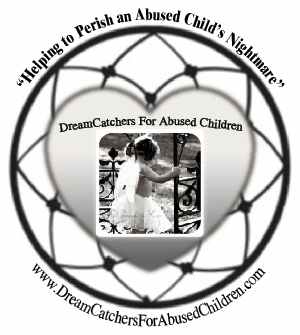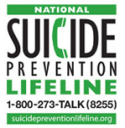 We’d all like to think that when we see something bad happening that we’d step forward to render aid. But in reality most of us don’t. And although some people won’t take the initiative to help, they will take the time to photograph or videotape the event and post it on the internet. Why?
We’d all like to think that when we see something bad happening that we’d step forward to render aid. But in reality most of us don’t. And although some people won’t take the initiative to help, they will take the time to photograph or videotape the event and post it on the internet. Why?
The Bystander Effect – The bystander effect occurs when the presence of others discourages an individual from intervening in an emergency situation. Social psychologists Bibb Latané and John Darley popularized the concept following the infamous 1964 Kitty Genovese murder in Kew Gardens, New York. Genovese was stabbed to death outside her apartment while bystanders who observed the crime did not step in to assist or call the police. Latané and Darley attributed the bystander effect to the perceived diffusion of responsibility (onlookers are more likely to intervene if there are few or no other witnesses) and social influence (individuals in a group monitor the behavior of those around them to determine how to act). In Genovese’s case, each onlooker concluded from their neighbors’ inaction that their own personal help was not needed.
Good Samaritan Law – offer legal protection to people who give reasonable assistance to those who are injured, ill, in peril, or otherwise incapacitated. The protection is intended to reduce bystanders’ hesitation to assist, for fear of being sued or prosecuted for unintentional injury or wrongful death. An example of such a law in common-law areas of Canada: a good Samaritan doctrine is a legal principle that prevents a rescuer who has voluntarily helped a victim in distress from being successfully sued for wrongdoing. Its purpose is to keep people from being reluctant to help a stranger in need for fear of legal repercussions should they make some mistake in treatment. By contrast, a duty to rescue law requires people to offer assistance, and holds those who fail to do so liable. Good Samaritan laws vary from jurisdiction to jurisdiction, as do their interactions with various other legal principles, such as consent, parental rights and the right to refuse treatment. Most such laws do not apply to medical professionals’ or career emergency responders’ on-the-job conduct, but some extend protection to professional rescuers when they are acting in a volunteer capacity.
________________________________________________________
The Mind of the Bystander
10 Things You Can Do as a Bystander
What Would You Do if You Were Witness to Child Abuse?
Reporting Crimes: Witnessing, Ignoring, Falsely Reporting, and Lying
 A New Jersey man brought a courtroom to tears as he confessed to murdering his former Boy Scout troop leader. Clark Fredericks admitted to breaking into the home of Dennis Pegg, 68, on June 12, 2012, and stabbing the man over 20 times. Fredericks, whose confession was part of a plea deal with the prosecution, claims that Pegg raped him for years when he was a child. READ MORE HERE
A New Jersey man brought a courtroom to tears as he confessed to murdering his former Boy Scout troop leader. Clark Fredericks admitted to breaking into the home of Dennis Pegg, 68, on June 12, 2012, and stabbing the man over 20 times. Fredericks, whose confession was part of a plea deal with the prosecution, claims that Pegg raped him for years when he was a child. READ MORE HERE






























![Validate my RSS feed [Valid RSS]](http://dreamcatchersforabusedchildren.com/wp-content/uploads/2009/10/valid-rss.png)












